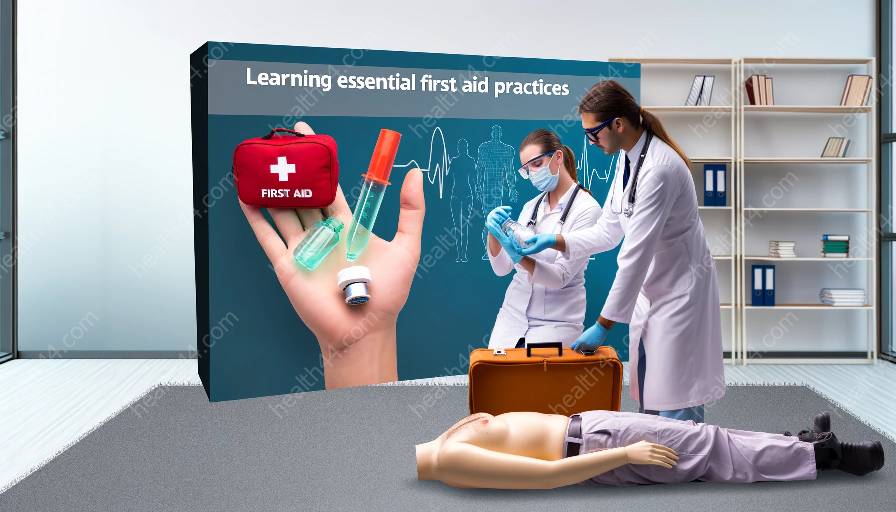In this guide, we'll explore the critical aspects of treating shock and fainting, both from a first aid perspective and as a crucial component of health education and medical training.
Understanding Shock and Fainting
Shock is a life-threatening condition that occurs when there is not enough blood flow throughout the body. Fainting, on the other hand, is a temporary loss of consciousness due to decreased blood flow to the brain. Both conditions require immediate attention and understanding to provide appropriate care.
First Aid for Shock
When encountering a person in shock, it's essential to provide immediate first aid. The following steps should be taken:
- Call for emergency medical help.
- Lay the person down and elevate their legs, unless this causes pain or would further aggravate any potential injuries.
- Begin CPR if necessary and you are trained to do so.
- Keep the person warm and comfortable, using a blanket or coat to maintain body heat.
- Reassure the person and keep them calm until medical help arrives.
Health Education Strategies
As part of health education and medical training, it's important to raise awareness about the causes and symptoms of shock and fainting. This involves:
- Teaching individuals about the signs of shock and how to recognize them.
- Encouraging individuals to seek immediate medical help when signs of shock or fainting are present.
- Providing training on how to administer basic first aid for shock and fainting.
- Integrating discussions about shock and fainting into broader health education curricula.
Treating Fainting
When someone faints, it's crucial to act quickly but calmly. The following steps can be taken:
- Lay the person flat on their back and raise their legs to increase blood flow to the brain.
- If the person doesn't regain consciousness within a minute or two, call for emergency medical help.
- Check the person's airway, breathing, and pulse. Start CPR if necessary and you are trained to do so.
- Once the person regains consciousness, help them sit up slowly and offer them water.
Medical Training Approach
Medical training on treating shock and fainting includes:
- Medical professionals should receive comprehensive training on identifying and managing shock and fainting.
- Simulation-based training can simulate real-life scenarios for improved preparedness.
- Continuing education and updates on the latest treatment protocols for shock and fainting.
- Creating protocols and guidelines for healthcare providers to follow when dealing with cases of shock and fainting.
Conclusion
Understanding how to provide immediate and effective care for shock and fainting is crucial for individuals trained in first aid, as well as for those involved in health education and medical training. By following the suggested strategies and best practices, individuals can be better prepared to address these life-threatening situations.



